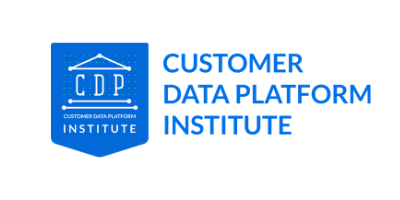Until recently, most marketers were content to leave privacy compliance in the hands of data and legal teams. But laws like GDPR and CCPA now require increasingly prominent consent notifications and impose increasingly stringent limits on data use. This means marketers must become increasingly involved with the privacy systems to ensure a positive customer experience, gain access to the data they need, and ensure they use the data appropriately.
I feel your pain: it’s another chore for your already-full agenda. But no one else can represent marketers’ perspectives as companies decide how to implement expanded privacy programs. If you want to see what happens when marketers are not involved, just check out the customer-hostile consent notices and privacy policies on most Web sites.
To ease the burden a bit, I’m going to start reviewing privacy systems in this blog. The first step is to define a framework of the functions required for a privacy solution. This gives a checklist of components so you know when you have a complete set. Of course, you’ll also need a more detailed checklist for each component so you can judge whether a particular system is adequate for the task. But let’s not get ahead of ourselves.

